The colour of Rosé can range from pale orange to vibrant pink, depending on the method used to make them.
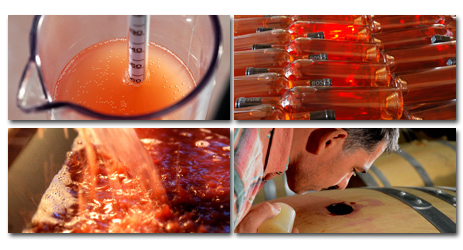
The simplest method is just blending red and white wines together, though this method is not used by higher quality rosé producers, and even banned in France (except for Champagne). The colour of rosés made using this method varies.
The colour of Rosé can range from pale orange to vibrant pink, depending on the method used to make them. The simplest method is just blending red and white wines together, though this method is not used by higher quality rosé producers, and even banned in France (except for Champagne). The colour of rosés made using this method varies.
One thing to note is that natural grape juice is mostly clear, with just a hint of colour. The pink or red colour of rosés and red wines are gained through contact between the juice and grape skins, in roughly three different ways.
So how do winemakers make higher quality Rosé wines?
To make the best rosés, a method called Saignée (French for bleeding) is used to get the best juice out of grapes. Black grapes are pressed under their own weight, producing clear or grayish juice, which is later fermented to a fresh and fruity rosé with very light colour.
Pressing is another method to get juice and colour at the same time. Black grapes are pressed until the juice takes on red colour from pigments in the grape’s skin. Pressed rosés are not as refined as Saignée rosés, but tend to have darker colours.
The most common method to make rosé, however, is very similar to the way winemakers use to produce red wines. The secret lies in maceration—the process which extracts tannin, colour and flavour by leaving the juice in contact with grape skins, pips and stems. When making rosés, maceration only takes 1-3 days, which is much shorter than making red wines. This method gives rosés a more vibrant colour.
Rosé wines can also be made as a side product when producing red wines. In order to give red wines richer tannin and darker colour, winemakers sometimes extract pink juice from the must at an early stage, and ferment this juice separately to make rosés with comparatively light colours.
All rights reserved by Future plc. No part of this publication may be reproduced, distributed or transmitted in any form or by any means without the prior written permission of Decanter.
Only Official Media Partners (see About us) of DecanterChina.com may republish part of the content from the site without prior permission under strict Terms & Conditions. Contact china@decanter.com to learn about how to become an Official Media Partner of DecanterChina.com.

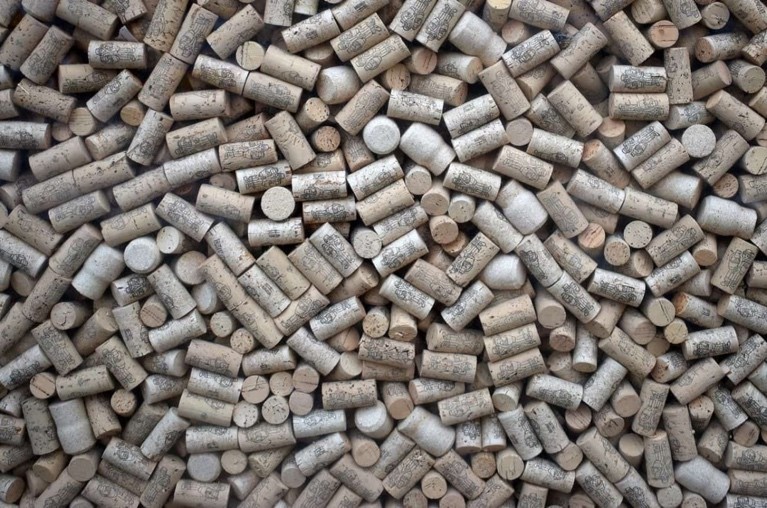

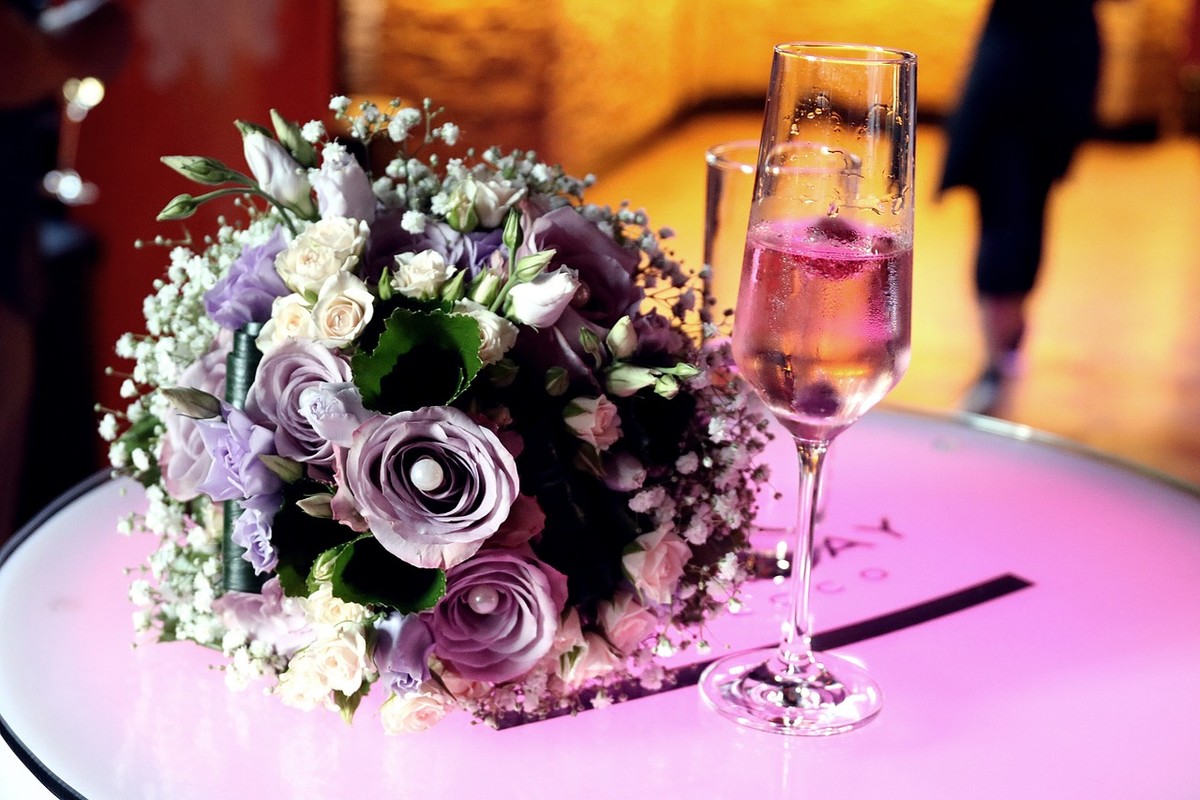

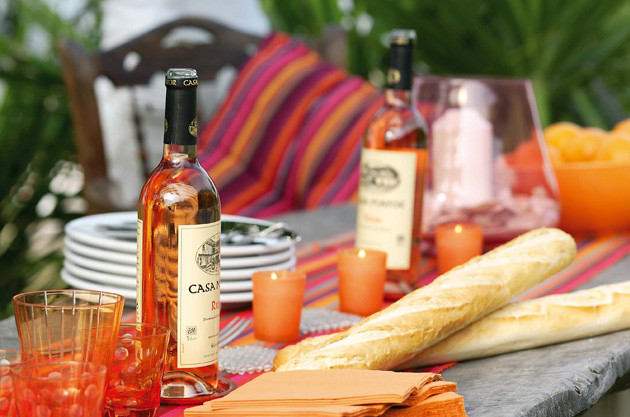

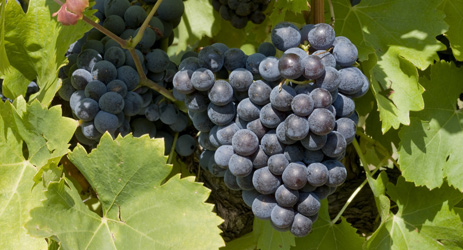
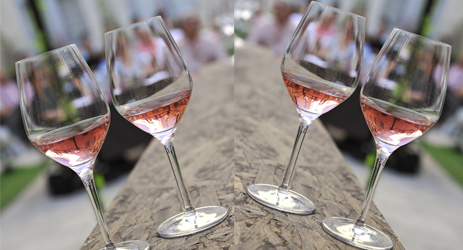
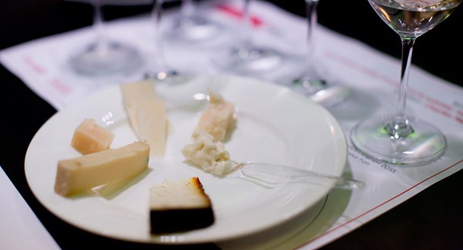

Comments
Submit